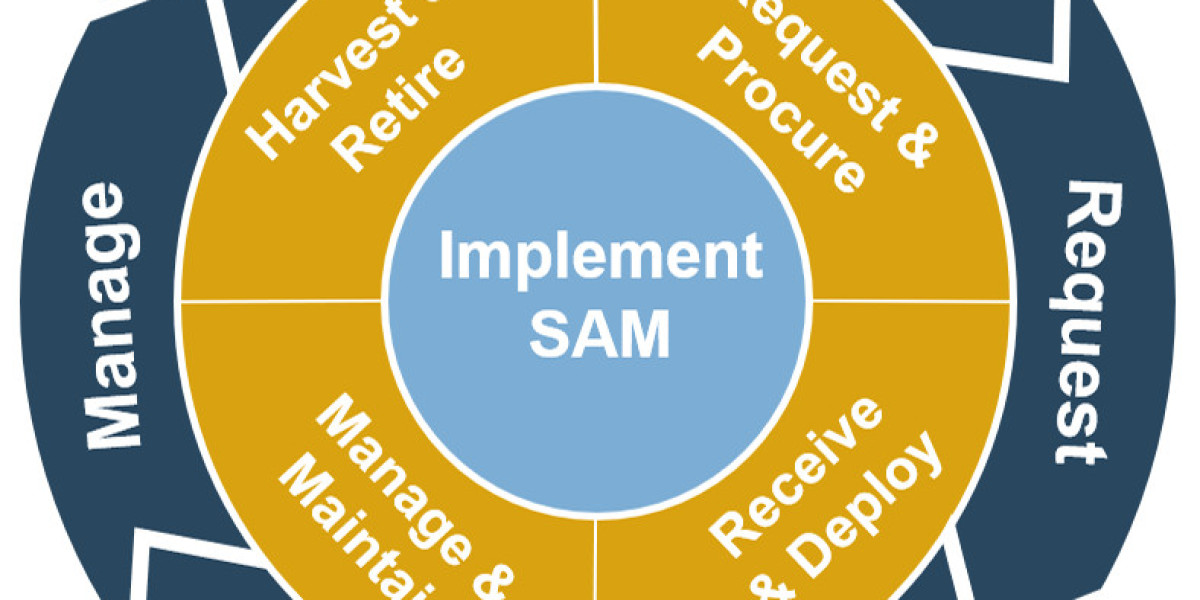Understanding Software Asset Management (SAM)
Software Asset Management (SAM) is a strategic approach to managing, tracking, and optimizing software licenses and assets within an organization. It ensures compliance with licensing agreements, reduces unnecessary expenses, and enhances operational efficiency. Effective SAM helps businesses minimize security risks, streamline software procurement, and improve IT governance. By implementing SAM, organizations can achieve better visibility over software usage and make informed decisions on license renewals and purchases.
Key Benefits of Software Asset Management
One of the primary advantages of SAM is cost optimization. By monitoring software usage, organizations can eliminate redundant or underutilized licenses, reducing overall expenses. Additionally, SAM ensures compliance with vendor agreements, minimizing the risk of audits and legal penalties. Another crucial benefit is security enhancement—by keeping software updated and properly managed, businesses can prevent vulnerabilities and cyber threats. Moreover, SAM facilitates efficient IT resource allocation, ensuring that software investments align with business needs.
Best Practices for Effective SAM Implementation
To successfully implement SAM, organizations should start by conducting a software inventory. This helps identify all installed applications and ensures compliance with licensing terms. Establishing a centralized SAM policy and defining clear ownership for software assets can improve governance. Automating SAM processes with specialized tools enhances accuracy and efficiency. Regular audits and license reconciliations should also be performed to maintain compliance and optimize software expenditures. Employee training on software policies further supports effective SAM adoption.
Ensuring Compliance and Risk Mitigation
Maintaining compliance with software licensing agreements is a crucial aspect of SAM. Companies should keep detailed records of license purchases, agreements, and usage statistics. Regularly reviewing vendor contracts helps organizations stay informed about renewal dates and licensing changes. By implementing SAM tools, businesses can automatically track license consumption and detect any unauthorized software installations. This proactive approach minimizes the risk of legal disputes and financial penalties while fostering a culture of compliance.
Cost-Saving Strategies in Software Asset Management
Organizations can leverage SAM to optimize software spending through various cost-saving strategies. One approach is software re-harvesting, where unused licenses are reassigned instead of purchasing new ones. Negotiating volume discounts with vendors can further reduce expenses. Implementing cloud-based SAM solutions allows for flexible license management, eliminating the need for excess on-premise software. Additionally, switching to subscription-based models can offer better financial control and scalability. By adopting these strategies, companies can significantly cut software-related costs.
Read More - https://www.marketresearchfuture.com/reports/software-asset-management-market-6185
Future Trends in Software Asset Management
The evolving landscape of software licensing and IT infrastructure continues to shape the future of SAM. Cloud computing and SaaS-based solutions are driving demand for automated SAM tools. Artificial intelligence (AI) and machine learning are enhancing predictive analytics, enabling businesses to forecast software needs accurately. Additionally, increased focus on cybersecurity is prompting organizations to integrate SAM with IT security frameworks. As technology advances, SAM will play a critical role in maintaining software efficiency and compliance in dynamic business environments.



